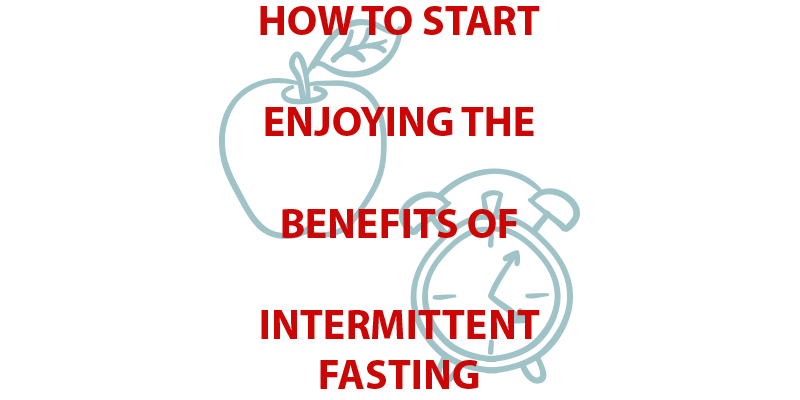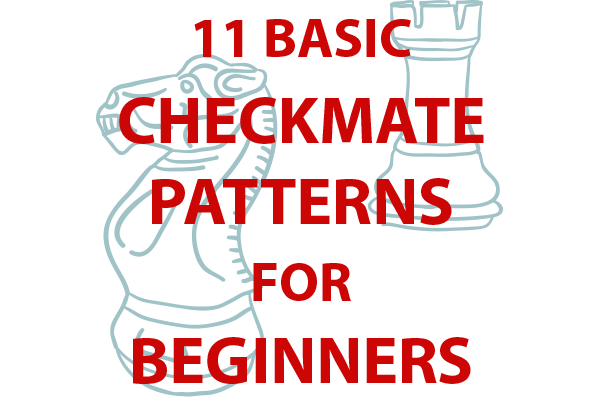


If I told you there was a diet plan that would increase metabolic rate & insulin sensitivity, lower blood pressure, inflammation and cholesterol, control or lower the risks of diabetes, improve brain health and may prevent Alzheimers, what would you think? What if I also told you that this diet will cost you less money, make your mornings more convenient and you could enjoy even more of the foods that you already love eating? You probably wouldn’t believe me, right! While intermittent fasting is technically not a diet but rather an eating pattern, it does offer all the aforementioned benefits.
This post will briefly explain how intermittent fasting works, the best type of fasting to start with, provide a warning for a portion of the population and offer a quick action plan for those who are ready to start enjoying the benefits of intermittent fasting.
Your body stores glycogen energy from food in your muscles for use when needed. When you fast you are stopping the income of new glycogen stores. The longer you fast and the more energy you use, the lower your glycogen stores become. When all the energy stores in your muscles are used up, your body will begin to covert your fat stores into usable energy. Essentially, when intermittent fasting, you are starving the body long enough to trigger a fat burning response.
There are many types of intermittent fasting. For most people, the easiest form of fasting to begin with is the 16 / 8 split. That is, 16 fasting hours followed by an 8 hour feeding window. It is the easiest because most people engage in 12 / 12 split by default. By simply & purposefully eliminating breakfast and maybe a late night snack, you will be receiving a multitude of health benefits. And when you do eat you will enjoy having more calories to eat in less time.
This eating regiment is not for everyone. Children and teens who are still growing need their nutrition and should not be fasting. Pregnant women, those with existing eating disorders, Type I or advanced diabetes should also not fast. There may be other populations in which fasting may be hazardous. Always check with your physician before beginning a new diet or exercise plan.
First, skip breakfast. You’re probably thinking that you don’t want to give up all those great breakfast foods you love. Well, you don’t have to. Just eat breakfast for lunch or dinner instead. Next, don’t eat until you are so hungry that you can’t concentrate. This can be difficult for some and easy for others. Some people find that their level of focus actually increases while fasting. Read 3 Tips on How to Avoid Distractions & Stay Focused to get more information on staying focused. Then, whenever you decide to eat just add 8 hours to the end of that. The second time will be the close of your eating window. For example, when you decide to break your fast at noon, then your feeding window ends at 8 in the evening. When you first start, play around with times to find your ideal window. If you are used to eating often and giving up morning meals is difficult, build up to your ideal time. For instance, you could start with a 14 / 10 split and ease your way to that ideal 16 / 8.
During your fast you will partake in black coffee, tea or water, only. You may not add cream or sugar to your beverages, as these will trigger an insulin release and break your fast.
It is important to note that if your goal is to lose weight, no matter what your eating plan, you need to create a caloric deficit. That is, you need to burn more calories than you consume on a daily basis. One great thing about fasting is you create a smaller time window to consume calories and, unless you really overeat during that window, you will naturally create that caloric deficit needed for weight loss.
The best thing about fasting is because you denied yourself for just a little bit of time, when it is time to eat, you actually have more freedom to eat whatever you want. And you also get all those health benefits mentioned earlier. Just make sure you are indulging in nutritional real foods and not consuming too many empty calories. When it gets tough just remember, where there is fasting there is feasting.
 A checkmate pattern is a specific identifiable positioning of pieces...
A checkmate pattern is a specific identifiable positioning of pieces...
 Chess is a game with many approaches to improve. Some...
Chess is a game with many approaches to improve. Some...